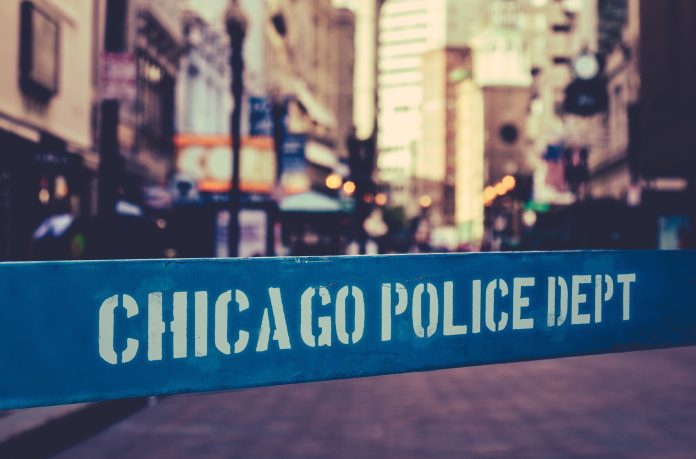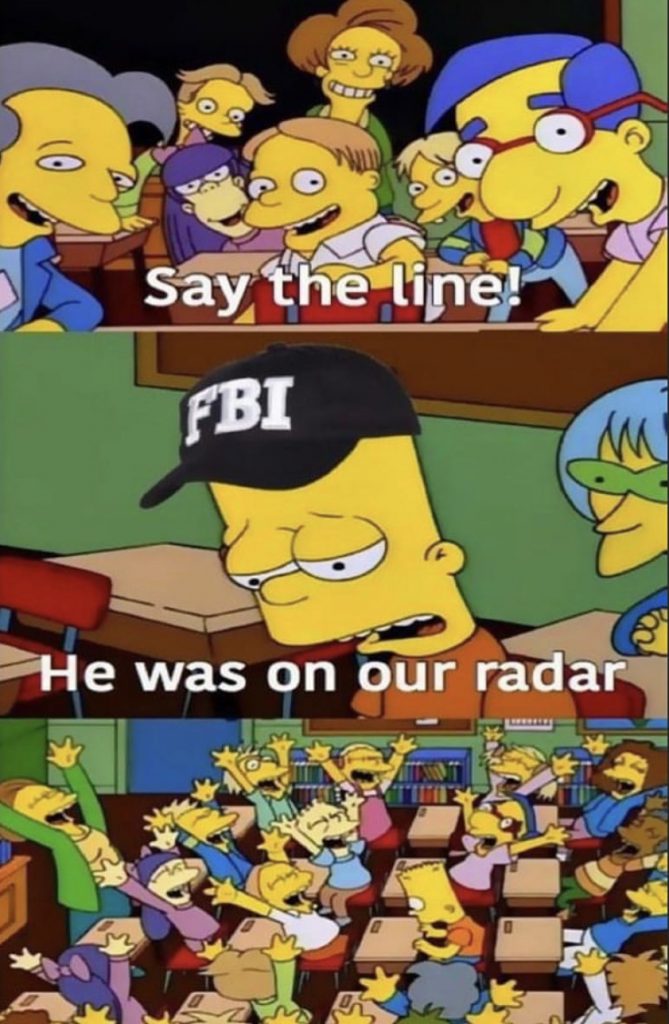
In a revelation surprising to very few after we’ve seen it repeated enough times. The shooter in Highland Park Illinois, “Awake the Rapper” was known to law enforcement from prior incidents.
He was also known to the mayor who apparently had him in her cub scout troop.
His father had run for mayor and lost. He was not an unknown figure by any stretch but the online persona he pushed forward was one that could be described as “edgy” or “dark” perhaps. Emo might have been used at one point in time, but the music creative of both a shooting and a death by police in animation form suggest deeper issues than can be accounted for by listening to My Chemical Romance all day… and he was five or six when The Black Parade was released.
Red Flag 🚩
In hindsight, Crimo III is a prime candidate of someone who Illinois’ extensive background check systems should have caught. He apparently has both a previous suicide attempt and a threat of homicide that got all the edged weapons in the house confiscated, both in 2019.
Neither incident resulted in an entry into NICS or Illinois’ state background check (FTIP) system as flaggable. It is unknown if under the new standards set by the BCSA that the checks would be flagged, but it is possible. Crimo III passed four background checks total in 2020 and 2021 and purchased his firearms himself.
This is one the inherent weaknesses in ‘Red Flag’ laws, they are applied subjectively and based on the judgement of the people involved. Considering that Crimo III was known in the community to both the mayor and his father being prominent enough to have run for mayor, was bias involved in choosing not to enter him into the system to be flagged? Or was bias not involved and Crimo III’s behavior was not concerning enough at the time to warrant his addition to the prohibited persons database, but without a criminal conviction, involuntary hospitalization or commitment, or even an arrest.
“Known to law enforcement”
This is a tagline that has quickly devolved into its own dark meme. So common do we here that law enforcement, local or federal, had prior knowledge of a bad actor.

But this information is consistent with what we know en mass.
However, there are so many people who are “known to law enforcement” in some manner, even a negative manner like an arrest or a disturbance call, that then go on to do nothing else worth mentioning that is is not he indicator people seem to think.
People had a bad day, they had a bad week, they got too inebriated, they were depressed at the time, etc. CDC Estimates over the US population will be diagnosed, yes diagnosed by a doctor, with a mental health disorder at some point in our lives. Life is stressful. So it is safe to assume that the vast majority of people worldwide will experience a mental health disorder at some point in their lives.
Like getting the flu, you will get mentally sick at some point too.
So a past issue at some point is a poor indicator of future negative behavior. Most people will experience depression, and since mass killers are people (in theory) they also likely experienced depression, but depression is common and mass killers are rare. Not causative.
It is nigh impossible to predict one combinations of triggers and life pressures which will break a person and motivate them to such horrific violence.
We know, hell we as a nation have exploited the fact, that young men are easiest to motivate to violence in pressured circumstances. We exploit it relatively benignly to fill our military ranks and we’ve exploited it hostilely in training foreign fighters and guerilla forces to harass the nation’s enemies. Yet we act surprised when similar circumstances, not engineered just naturally occuring, produce a similar radical result here at home.
And there’s a point I want to hit home. Several prominent (relatively speaking) online voices have rejected Occum’s Razor and started to associate repetition of broadly categorized events (mass shootings/killings, especially by young men) as deliberate malice on the part of the Government. This theory, in fairness, has merit given the things the US government has done to its citizens. But it still fails the Razor’s test in that it is a far more complex motivation and set up. Evil Nancy and her coven needing a killer to get their little law passed, when the government also has a history of being atrociously bad at that, when the far simpler but less morbidly satisfying answer is that these killers strike their motivations and trigger limits through a series of life pressures unique to them that wouldn’t trigger you or I.
They snap, a snap isn’t always instant. ‘Snap’ just signifies the point which they choose to plan and carry out the violence. It isn’t raving rabidly irrational either, these people aren’t foaming at the mouth and eating someone’s face, they’re committing what is at its core an vilely attention seeking act. They want their grievance looked at and acknowledged by the nation.



